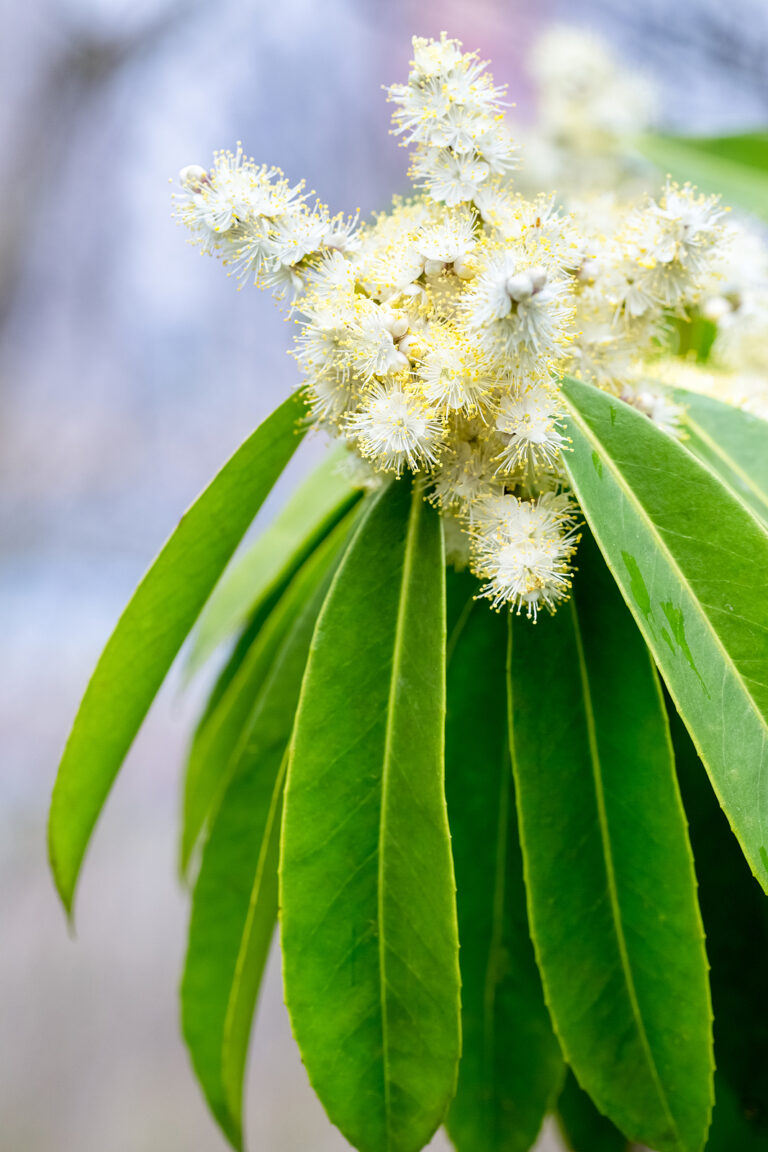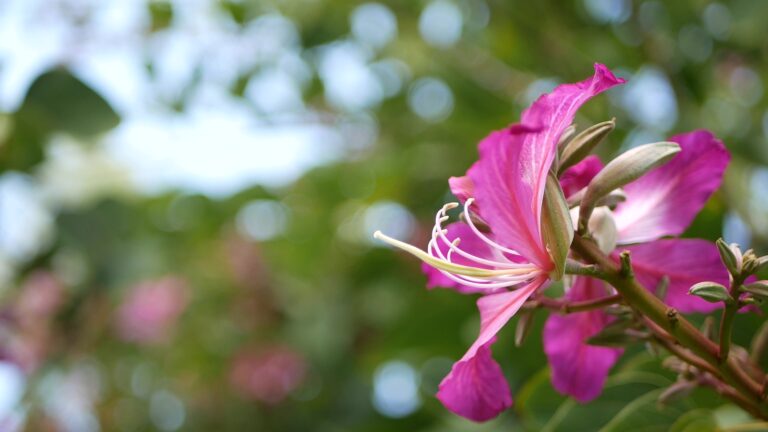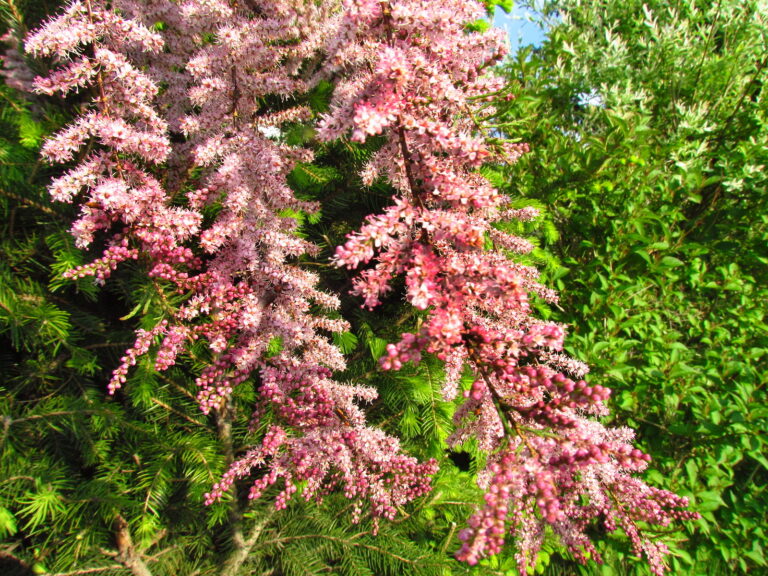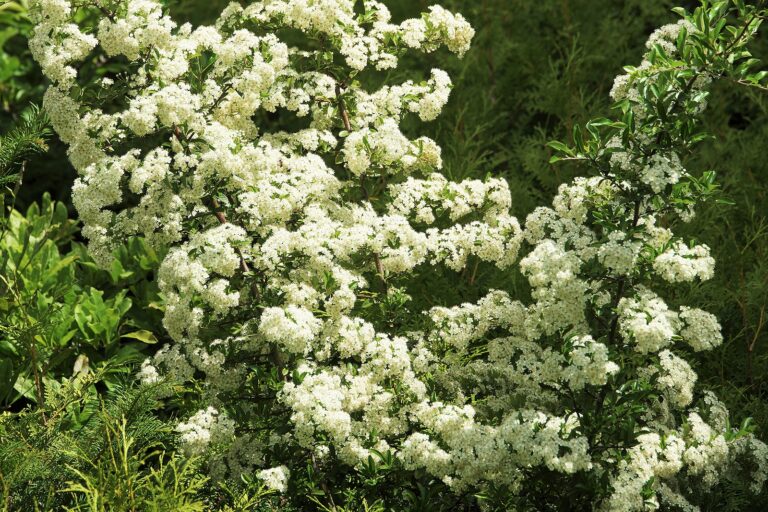How to Grow Sapphireberry — Symplocos
Symplocos–commonly called sapphireberry–is a large deciduous shrub or small tree that is often grown for its panicles or racemes of yellow or white flowers that appear in spring followed by blue, black, purple, or white berry-like fruits in autumn. There are about 250 species in the Symplocos genus, but only one, S. paniculata, is generally…






